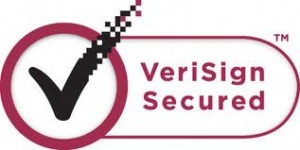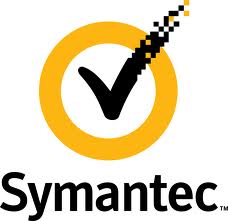
How many people use eight-character or less passwords with the first letter being capital and last entries being numbers? People are predictable and so are their passwords. To make things worse, people are lazy and tend to use the same passwords for just about everything that requires one. A study from the DEFCON hacker conference stated, “with $3,000 dollars and 10 days, we can find your password. If the dollar amount is increased, the time can be reduced further”. This means regardless of how clever you think your password is, its eventually going to be crack-able as computers get faster utilizing brute force algorithms mixed with human probability. Next year the same researchers may state, “with 30 dollars and 10 seconds, we can have your password”. Time is against you.
Increasing password sizes and changing mandatory character types helps combat this threat however humans naturally will utilize predictable practices as passwords become difficult to remember. It’s better to separate authentication keys into different factors so attackers must compromise multiple targets to gain access. This dramatically improves security but doesn’t make it bullet proof as seen with RSA tokens being compromised by Chinese hackers. Ways to separate keys are leveraging something you know, have and are. The most common two-factor solutions are something you have and know which is a combination of a known password/pin and having a token, CAC/PIV card or digital certificate. Biometrics is becoming more popular as the cost for the technology becomes affordable.
There are tons of vendors in the authentication market. Axway and Active Identity focus on something you have offering CAC/PIV card solutions. These can be integrated with door readers to provide access control to buildings along with two-factor access to data. RSA and Symantec focus on hardware or software certificate/token based solutions. These can be physical key chains or software on smartphones and laptops that generate a unique digit security code every 30 seconds. Symantec acquired the leader of the cloud space VeriSign, which offers recognizable images, challenge and response type solutions. Symantec took the acquisition further by changing their company logo to match the VeriSign “Check” based on its reputation for cloud security.
VeriSign

PRE ACQUSITION LOGO

POST ACQUSITION LOGO

The consumer market is starting to offer two-factor options to their customers. Cloud services such as Google and Facebook contain tons of personal information and now offer optional Two-Factor Authentication. Its common practice for financial agencies to use combinations of challenge and response questions, known images and verifying downloadable certificates used to verify machines to accounts. The commercial trend is moving in the right direction however common practice for average users is leveraging predictable passwords. As many security experts have stated, security is as strong as the weakest link. Weak authentication will continue to be a target as hackers utilizing advance computing to overcome passwords.



